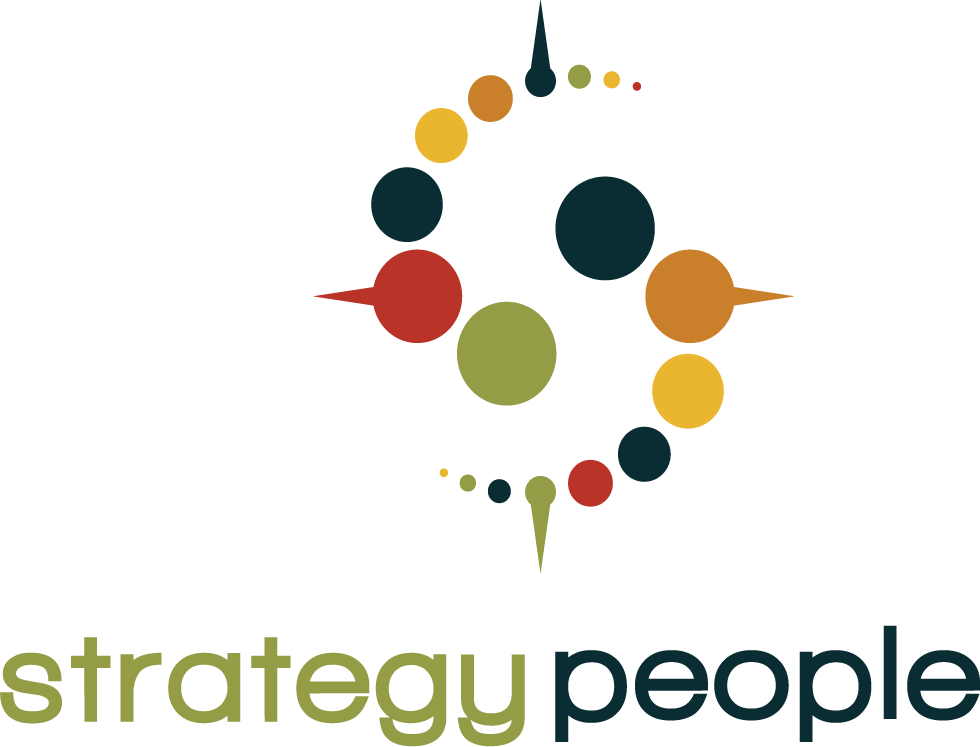In today’s highly competitive corporate environment, there is no doubt that creativity and innovation are rising to be essential ingredients for success.
Amidst much academic shuffling around the fundamental question “What is creativity?” there is a more important question for organisations; “How do we embrace and foster creativity?”
Fortunately, research is beginning to explore this question, and an interesting trend is becoming clear. That a critical factor in fostering creativity is effective time management. Recent research has now shed light on the intricate relationship between time management behaviours and individual creativity, offering valuable insights for organisations seeking to boost innovation.
Creativity and Time Management: An Unexpected Alliance
A study conducted by Zampetakis, Bouranta, and Moustakis explored the connection between creativity and time management practices among university students.
. The findings reveal a surprising link between these seemingly disparate concepts:
- Daily planning and long-range planning confidence were positively correlated with creativity measures.
- Individuals who perceived greater control over their time tended to score higher on creativity assessments.
- Those with higher creativity scores demonstrated greater tenacity in completing tasks.
Interestingly and controversially, a preference for disorganisation was negatively associated with creativity.
Implications for Corporate Leaders
These findings have significant implications for how organisations can foster creativity and innovation:
Organised Chaos: While some level of disorganisation is often associated with creativity, the research suggests that too much chaos may be counterproductive. Finding the right balance is key.
Structured Freedom: While autonomy is crucial for creativity, the research suggests that providing structure through time management tools can enhance rather than hinder creative output.
Long-Term Vision: Encouraging employees to engage in long-range planning may boost their creative potential. This aligns with the idea that creative solutions often require incubation periods.
Empowering Time Control: Helping employees feel in control of their time could lead to increased creative thinking. This might involve flexible work arrangements or training in time management techniques.
Persistence Pays Off: The study’s link between tenacity and creativity underscores the importance of creating an environment that values persistence in problem-solving.

Practical Steps for Implementation
While these insights are valuable it is essential that to leverage these insights leaders should consider the following strategies if they are not already inherently part of their work environments:
- Provide time management training that emphasises both short-term and long-term planning, but provides flexibility in the planning systems.
- Implement flexible work policies that give employees a sense of control over their schedules and their environments.
- Create work or project timelines that allow for periods of focused or deep work as well as incubation time for ideas to develop.
- Recognise and reward persistence in tackling challenging problems, regardless of success. Failure should be an acceptable option.
- Offer tools and resources to help employees organise their work while still allowing for some creative disorder.
As organisations strive to cultivate creativity and innovation, it’s crucial to genuinely evaluate how well the culture supports effective time management and focused everyone is on how critical it is to the creative process. By fostering an environment that balances structure with flexibility, companies can create the optimal conditions for creative thinking to flourish. In the quest for innovation, time management may well be the unsung hero that propels organisations to new heights of creativity and success.


